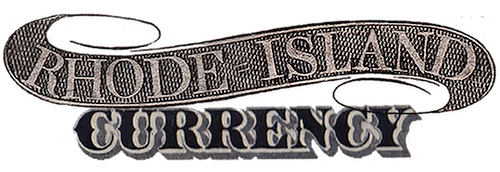Providence Bank Post Note

Mid-19th Century Proof. Haxby RI-380 Unlisted series
“Imprint of Fairman, Draper, Underwood & Co. India paper mounted on original archive book card. Left end, Justice in oval. Obligations across the center. Post note payable days after date. The bottom impression from the unique sheet sold in the 1990 ABNCo sale, lot 1824. Glue stain seen at lower right face. Extremely rare with two known, both from the 1990 sale.”
Post notes were a type of currency “intended to be transmitted to a distant place by public mail and made payable to order,” according to one encyclopedia from 1841. They circulated much like ordinary bank notes. The main difference was that they did not fall under the obligations of “demand and notice,” meaning they were not payable at the bank by demand at all times. Instead, the amount and the date when the money would be available were specified by the bank, often written in by hand. Only banks legally allowed to issue paper money for circulation could issue “post notes.”
Post notes were outlawed by the National Bank Act, sec. 5183.
Ghost impression of Lancaster Bank $20 on card attached to back:

